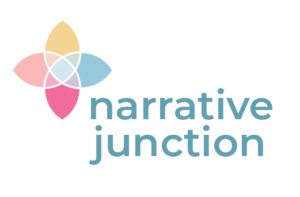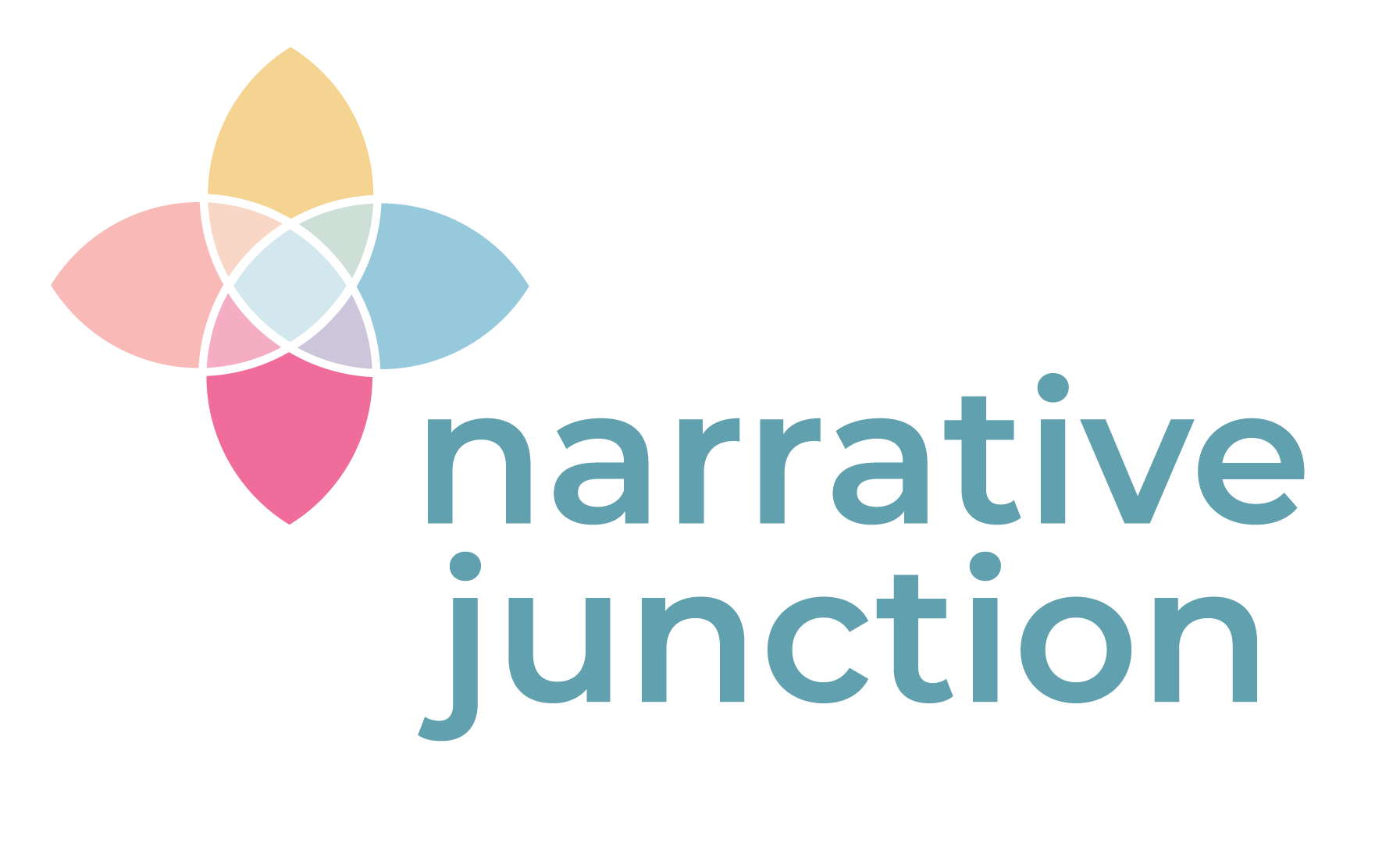
When it comes to writing a novel, you may question: Do you plan your story like a well-kept garden, or do you wander through wild meadows and see what grows?
You may be a plotter, carefully outlining scenes, character arcs, and turning points before a single word is written. Or you may be a pantser, writing instinctively, flying by the seat of your pants, and trusting the story will reveal itself one page at a time.
If you’re not sure which one you are, or if you’re wondering which is better, the truth is there’s no best way, only your way. And my role as a developmental editor is to help your story, however it takes shape, take root and bloom.
If you’re a plotter
You probably like to know where your story is going. You might build timelines, pin up index cards, or create a map of emotional beats. This can be wonderfully grounding, especially if your novel spans multiple POVs, intricate worldbuilding, or historical timelines.
But be careful not to over-plan. Sometimes, characters will resist the paths you lay for them. Leave space for surprise. Often, the most memorable moments aren’t plotted at all; they arrive like wildflowers at the edge of your structure.
Top tip: Don’t just plot events, plot emotion. It’s easy to map what happens scene by scene, but ask yourself:
How does your character change as the story blooms?
Weave emotional beats into your outline so your structure grows with feeling, not just action. The most compelling stories don’t just move forward; they deepen.
If you’re a pantser
You might start with a feeling, a voice, or a sentence. You let your characters lead and discover the shape of the story as you go. There’s a beautiful freshness to this approach, as your writing feels alive, intuitive, and full of movement.
But without structure, it can be easy to lose your way. That’s where a second draft, or a keen editorial eye, can help shape what’s already vibrant into something cohesive and intentional.
Top tip: Pause now and then to gather what’s grown. Let your writing flow, but every few chapters, step back and ask:
What threads are unfurling? What themes are sprouting on their own?
Capture them. This quiet reflection will help you shape the story’s heart without losing its wild beauty.
Where do famous writers land?
Even the greats have differing styles:
- J K Rowling planned the Harry Potter series with meticulous grids and timelines.
- Stephen King doesn’t plot at all; he lets the story grow on its own.
- George R R Martin calls himself a gardener, watching his ideas bloom.
- Margaret Atwood and Neil Gaiman find a middle way, starting with instinct, then revising with care.
So if you’re feeling unsure, you’re in good company. Whether you map your novel or meander through it, what matters is that you keep going.
If you’re somewhere in between
Many writers are plantsers who do a little bit of planning and a little bit of free-form wandering. You might begin with a rough shape, then let the details reveal themselves. This balance can be deeply satisfying, giving your story both structure and spontaneity.
Can tools help?
No matter where you land on the spectrum, several tools can help if you need them. Here are a few that you might like to give a go:
| Tool | Use |
|---|---|
| Scrivener | Great for plotters, pantsers, and plantsers, with corkboards and research panes that keep everything orderly and accessible, or you can just dive in, move things around later, and keep your creativity flowing. |
| Plottr | Visual planning for plotters who love outlines, timelines, and beat sheets. |
| Campfire | Fab for world-building, character arcs, timelines, and visual story mapping. Ideal for speculative fiction or big ensemble casts. |
| Dabble | A minimalist, cloud-based novel writing tool with drag-and-drop plotting and daily goal tracking. |
| Ulysses (Mac only) | Distraction-free writing with a sleek, minimalist vibe. It lets you write, then organise later. Best if you like to discover the shape of your story over time. |
| FocusWriter | A full-screen writing space that blocks out everything else. Perfect for when you need to wander freely with your words. Not intended for second and third drafts, when sections need to be moved or cut, paragraphs refined and chapters cross-referenced. |
| Atticus | Combines writing and formatting. More for authors preparing to publish, but good for eBooks or organising scenes as you go. |
| LivingWriter | Like Scrivener in the cloud. Includes templates for story structure, chapter organisation, and drag-and-drop flexibility. |
Otherwise, grab your pen and pad and just get writing. There’s no perfect method, only the one that allows your voice to grow.
So begin, however you begin. Trust the process and know that the shape of the story will reveal itself with time, care, and dedication.
Learn how studying novels like North Woods can sharpen your structure, voice and storytelling. Spot the tools behind the scenes and use them in your work.
Uncover the hidden heartbeat of your novel. This blog explores how theme shapes plot, character and cover design, and how developmental editing can help your story grow.



